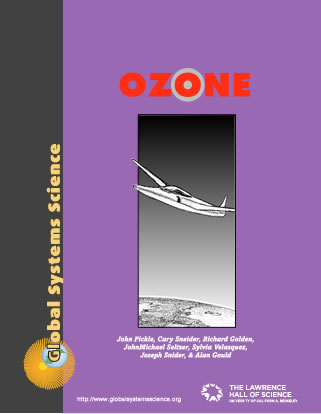OZ7C. Stay Current—Expedition to Antarctica

Staying current for Chapter 7
{ Ozone Contents }
Analyzing the Antarctic Ozone Hole. Earth Exploration Toolbook activity. Use satellite images and ImageJ software to show how much ozone is in the atmosphere over the Southern Hemisphere, identify the ozone “hole” that develops over this region every spring, and with spreadsheet, graph its size from year to year.
2011 April 5. Ozone later depleted by record 40 percent over Arctic. By Adrian Morrow, The Globe and Mail. Excerpt: …Lingering chemicals in the atmosphere are being blamed in part for the largest-ever depletion of ozone over the Arctic this past winter, the United Nations said Tuesday….
…Cold temperatures combine with various chemicals – including chlorofluorocarbons and halons – to eat up the ozone. This past winter saw extremely cold air in the stratospheric layer of the atmosphere, which triggered the record depletion.
…CFCs and halons, which were used in refrigerators and aerosol cans, were all but banned by the Montreal Protocol, which came into force in 1989. However, such chemicals take so long to dissipate that they are still present in the atmosphere. [http://www.theglobeandmail.com/news/technology/science/ozone-layer-depleted-by-record-40-per-cent-over-arctic/article1971038/]
30 October 2002. NASA RELEASE: 02-211 — NASA JOINS INTERNATIONAL OZONE STUDY IN ARCTIC — NASA researchers will join more than 350 scientists from the United States, the European Union, Canada, Iceland, Japan, Norway, Poland, Russia and Switzerland this winter to measure ozone and other atmospheric gases using aircraft, large and small balloons, ground-based instruments and satellites. // This second SAGE III Ozone Loss and Validation Experiment (SOLVE II) campaign will be conducted in close collaboration with the European Commission, sponsored by the VINTERSOL (Validation of International Satellites and Study of Ozone Loss) campaign. (SAGE III stands for the third Stratospheric Aerosol and Gas Experiment.) SOLVE will take place in Kiruna, Sweden, the site of the first international effort during the winter of 1999-2000. See: here and there.

